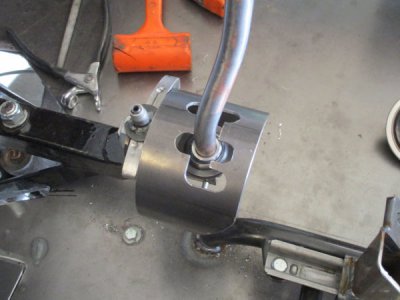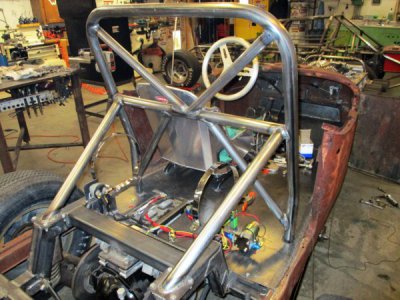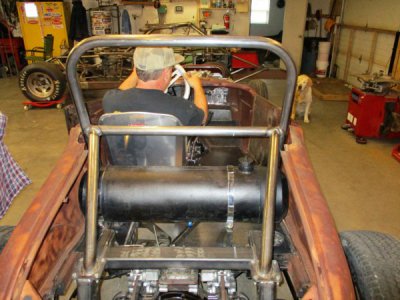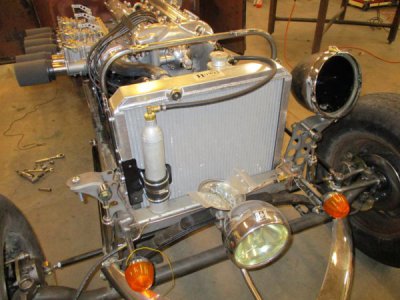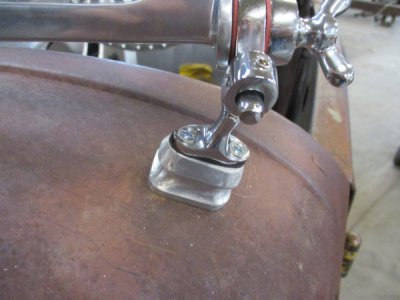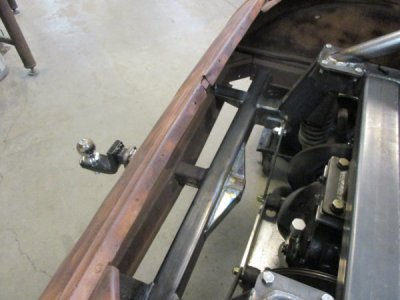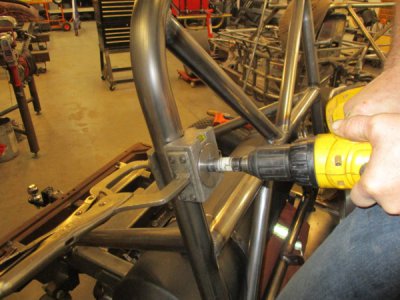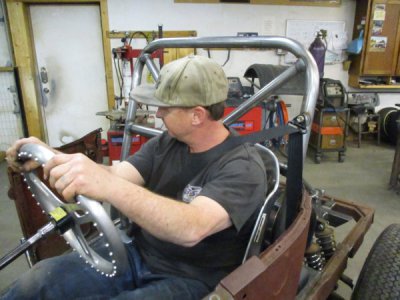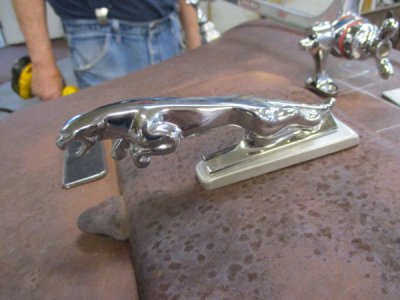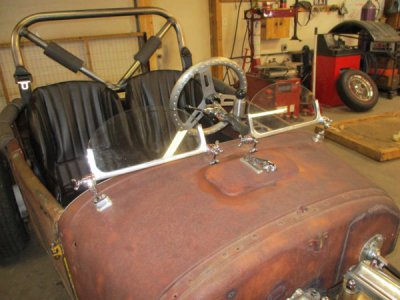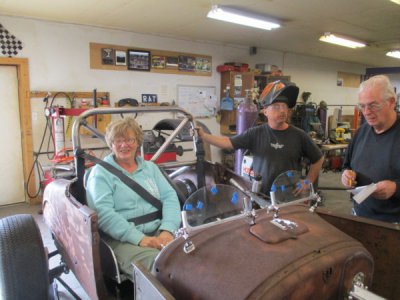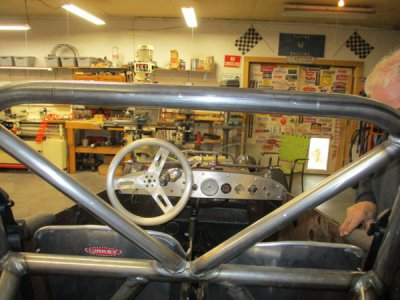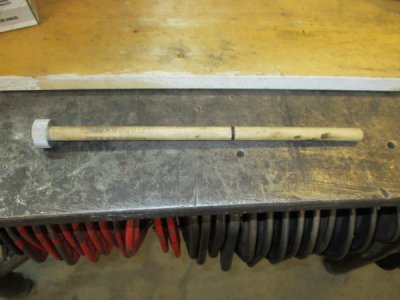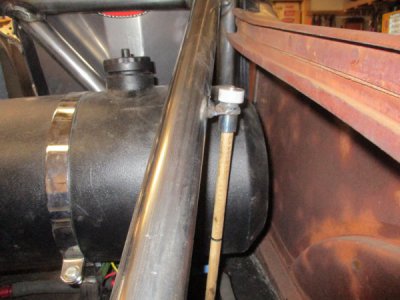- Joined
- Nov 19, 2014
- Messages
- 991
Thanks brino, our bender is made by Pro Tools, https://pro-tools.com. When we built our shop we embedded a 12" X 1" steel plate in the floor. Four 1/2" bolts attach the bender and we use shims to level it up. We store the bender in a corner of the shop and plug the bolt holes with set screws when not in use. It only takes about 5 minuits to set it up, but it's heavy and it takes two people . I think using a reciever hitch would work fine but you would need some way to fine tune the level. If you do buy a bender be advised: You will ruin a lot of tubing before you get it entirely figured out. As to the power plants, we are the second largest coal fired generating plants west of the Mississippi, and one of the cleanest.


 Now we can build the alternator mount, again, the alignment is the critical thing. After cutting, drilling and welding we mocked up the parts on the engine and as I held the alternator up where it needed to go Bill scribed a line and the rest was welding and finishing. Here's how it looks with the radiator and headers installed, and the last shot is of the mufflers, Bill built the mount out of a used shock absorber rod and some materiel from my small pieces of steel bucket. It's gonna be loud, the glass packs are for an XKE, and they're straight through.
Now we can build the alternator mount, again, the alignment is the critical thing. After cutting, drilling and welding we mocked up the parts on the engine and as I held the alternator up where it needed to go Bill scribed a line and the rest was welding and finishing. Here's how it looks with the radiator and headers installed, and the last shot is of the mufflers, Bill built the mount out of a used shock absorber rod and some materiel from my small pieces of steel bucket. It's gonna be loud, the glass packs are for an XKE, and they're straight through.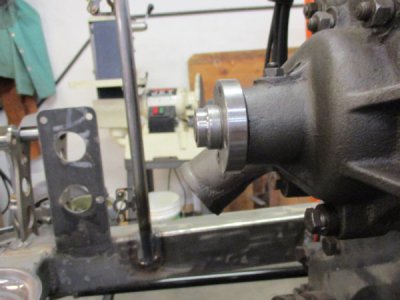
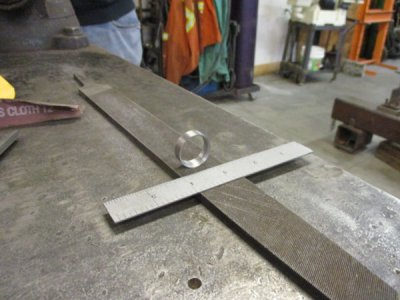
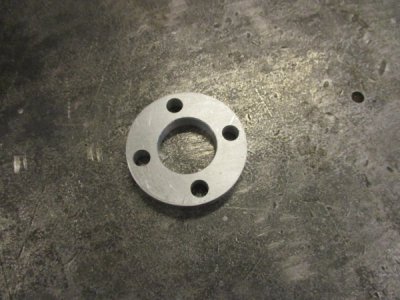
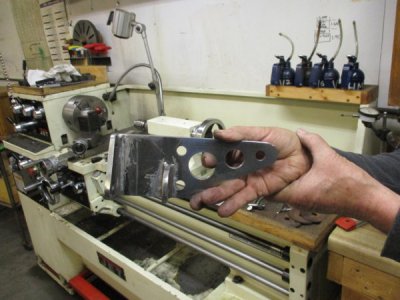
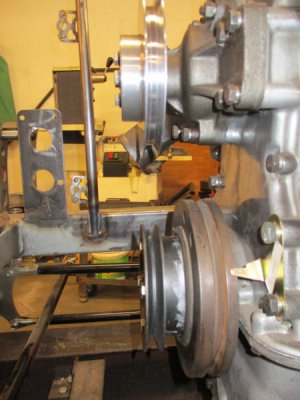
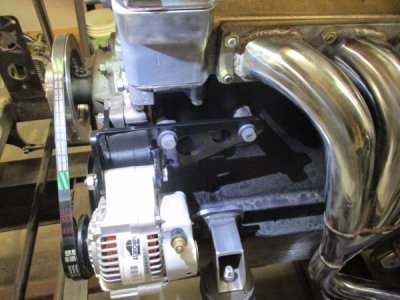
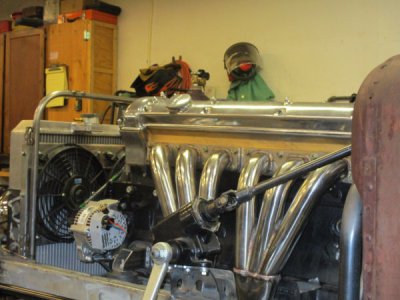
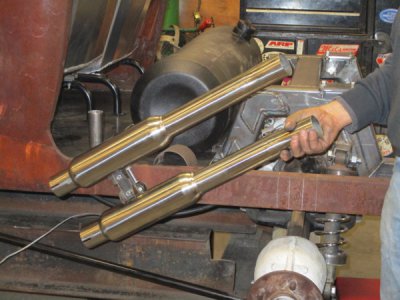
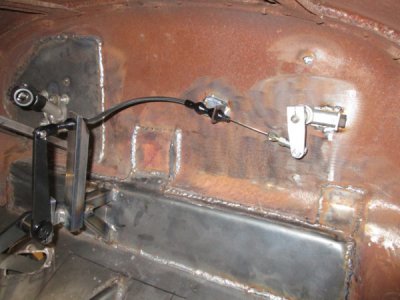
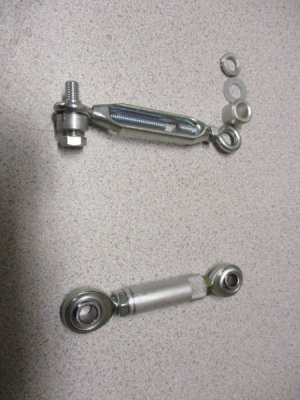
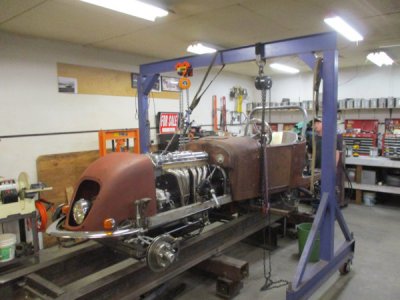
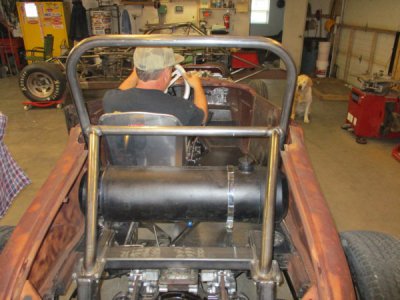
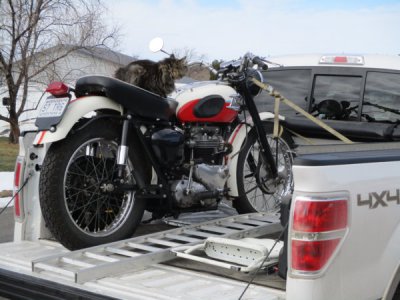
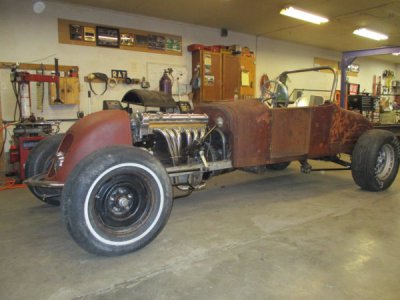
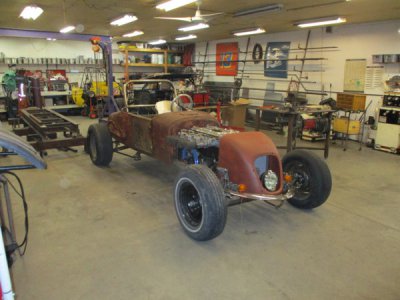
 We are at a point in the build where we need to do the small mundane jobs and the milestones are not as big or are reached as often. Bill thought his shifter needed a gate so he built one out of some left over tubing. Bryan and I got the roll bar bracing completed and installed the fuel tank and electric fuel pump, according to Bill this is very similar to the placement of the stock Jaguar components. The last pic is of the coolant recovery bottle, It's made from a Soda Stream CO2 tank. I had to remove the Schrader valve and tap 1/8 NPT, I also had to solder in a siphon tube to reach the bottom of the bottle.
We are at a point in the build where we need to do the small mundane jobs and the milestones are not as big or are reached as often. Bill thought his shifter needed a gate so he built one out of some left over tubing. Bryan and I got the roll bar bracing completed and installed the fuel tank and electric fuel pump, according to Bill this is very similar to the placement of the stock Jaguar components. The last pic is of the coolant recovery bottle, It's made from a Soda Stream CO2 tank. I had to remove the Schrader valve and tap 1/8 NPT, I also had to solder in a siphon tube to reach the bottom of the bottle.